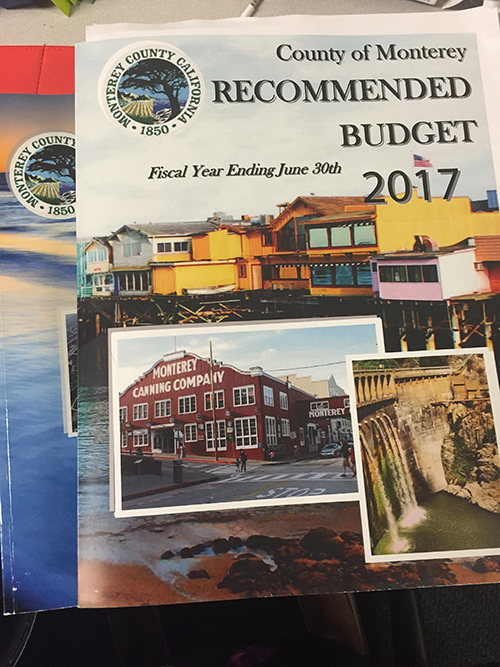For reporters, budgets can be anything from boring to scary. They’re packed with numbers and technical words like “appropriation” “non-recurring expenditures” and “capital improvement,” also known as building roads and bridges.
I’ll admit that before tackling this seasonal story, I found the breadth and depth of this document as intimidating as dissecting a cell phone bill, until the budget fell on my beat.
I learned that the budget, though hefty (the bound version weighs in at 2.5 pounds), yields a treasure chest of stories. Each budget contains four or five easy-to-spot stories, with possibilities for a number of enterprise pieces exceeding the business pages. My tips for tackling the latest city and county budgets, often released around July 1, start of the fiscal year follow.
Relax and read the budget
I suggest not letting the word budget or robust, 500-page document overwhelm you. Geeky or not, I suggest spending an evening in a comfy chair at a Starbucks with a highlighter pen, an icy drink and the bound budget. For those wanting a close comb, download Document Cloud, which allows you to zero in like a microscope.
Compare this year’s spend with last year’s
One favorite tip on reporting on annual budgets known as a “percent change tactic,” came from Norberto Santana Jr., editor of Voice of OC, who shared the tip at the recent Investigative Reporters and Editors conference in New Orleans. Here’s how the technique works. Hunt for what will be spent this year and compare that to what was spent last year.“Percentage tactic is the easiest way to flag stuff. You can then ask who is winning and losing. Where is the money being spent this year?” Santana said.
The percentage game easily yielded me a solid daily story. I highlighted the percent changes for major items like the general fund. But it was simple enough to make a list of all departments and also review their percentage increases and decreases from last year. A percent change calculator comes in handy as a fact-checking tool.
Armed with the winners and losers list, I asked the budget head what sparked the rises and falls. I made note of departments that gained and lost the most for follow-up stories. In my county, health care insurance and retirement ignites much of the cost increase. Maybe a separate piece on the impacts of health insurance costs on the municipal budget would interest readers? That property tax revenue rose provided a potential real estate story. Certain departments faced potential layoffs–what gives? Identifying the winners and losers made the perfect opportunity to meet with the heads of those departments.
Befriend analysts and regular folk for comments
For robust budget stories make friends with analysts from ratings agencies such as Standard & Poor’s, and know what the most current credit ratings are for your municipality. And to humanize a story, I had my list of ordinary folks and residents to call upon for comments. This came from attending the weekly budget meetings and introducing myself to members of the public; often people come up to me and like to talk.
In the end, budget season harvested a wealth of stories, and that alone is reason enough to wholeheartedly embrace it.











